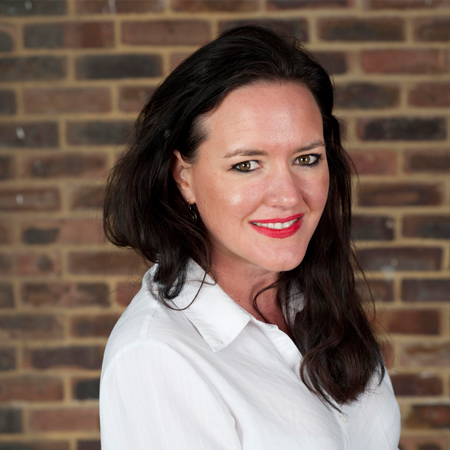On a recent trip to Scotland, the difference between the high streets of two of the towns I visited was remarkable. My partner comes from the West Coast town of Ayr and when we decided to spend an afternoon shopping, he became increasingly despondent about what had happened to the high street. “This place used to be buzzing” he said as we walked past copious boarded up shops. Dotted between them, a few were still open, but so empty that the smiles of the shop assistants looked more desperate than welcoming.
Unfortunately, Ayr’s high street is just one of many in the UK suffering the same fate. According to the British Retail Consortium, vacancies in town centres climbed to a record four-year high of 10.2%. Rows of empty shops don’t help the situation because they deter consumers and this puts even more pressure on neighbouring retailers to try and attract business, who are often themselves forced to close, through lack of sales and so the vicious cycle continues…
The one part of Ayr’s town centre that was still thriving and seemed to have sucked in the majority of shoppers was Ayr Central shopping centre. It boasts the usual big name retailers such as Debenhams, Next, Primark and Topshop etc. that we have come to expect from larger towns, but here they are all located around a large, glass covered and pedestrianised central area, interspersed with places to eat and various public seating spaces. What this sheltered central area has created is a communal space, without pollution from passing traffic, that invites people to congregate – and groups of people having fun and socialising attracts others do the same.
In complete contrast to Ayr’s high street is the high street in Bridge of Allan in Stirlingshire. Here, it is lined with artisan galleries and independent restaurants, pubs and cafes, boutiques, gift shops and homeware stores. In fact, I did not see a single big name retail or hospitality brand anywhere, because these are all located in nearby Stirling – and yet the Bridge of Allan high street was bustling with shoppers. It is safe to ascertain that the very reason for this success is because it isn’t a replica of every other high street. Instead, it celebrates its uniqueness and its local authenticity – and in so doing it has become an integral part of the local community it serves.
One could argue that Bridge of Allan is an upmarket town, and its residents have plenty of disposable local income, which benefits businesses – but the fact remains that regardless of local wealth, high streets that celebrate being individual and cater for their local community are far more likely to be successful.
So, what do Ayr’s Central Shopping Centre and the high street of Bridge of Allan get right? Both are different to each other, yet both answer a growing need in consumers. This is because people don’t want town centres to be clones of each other anymore. The “one size fits all” approach no longer works and it is now about celebrating and offering individuality that is as unique as the lifestyles and the needs of the people they cater for. This is why retailers and other high street businesses will need to put in the work to really get to know the communities they serve. People are far more likely to respond to brands that have made a conscious effort to respond to their local needs; designing and creating environments that are synonymous with this.
The time is ripe to focus on creating varied communities in towns, that cater for the people who live in them. Other factors will help drive this. Rail fairs are continuing to increase and will mean that more people will be tempted to find work locally, or with the aid of technology and the advancements of 5G, will spend more time working flexibly in neighbourhood communal work spaces or from home. Also, fewer people are owning cars – and in the long term, this will create more opportunities to pedestrianise high streets, making them less noisy and polluted and therefore more effective in enticing people to spend time in these spaces – something Ayr Central shopping Centre has already got right.
It is time to return to the root of what people want; the creation of multi-faceted communities offering variety and meeting a diversity of local needs, rather than being purely retail. These communities will attract people and breathe new life into the area, but first, vacant retail spaces will need to be repurposed to serve a new function and answer a new need. High Streets need to share retail space with residential, working, leisure, health and educational spaces. These communal “hubs” will form part of a symbiotic community that won’t shut down at 6pm, so that around the clock there will always be life and purpose to them.

